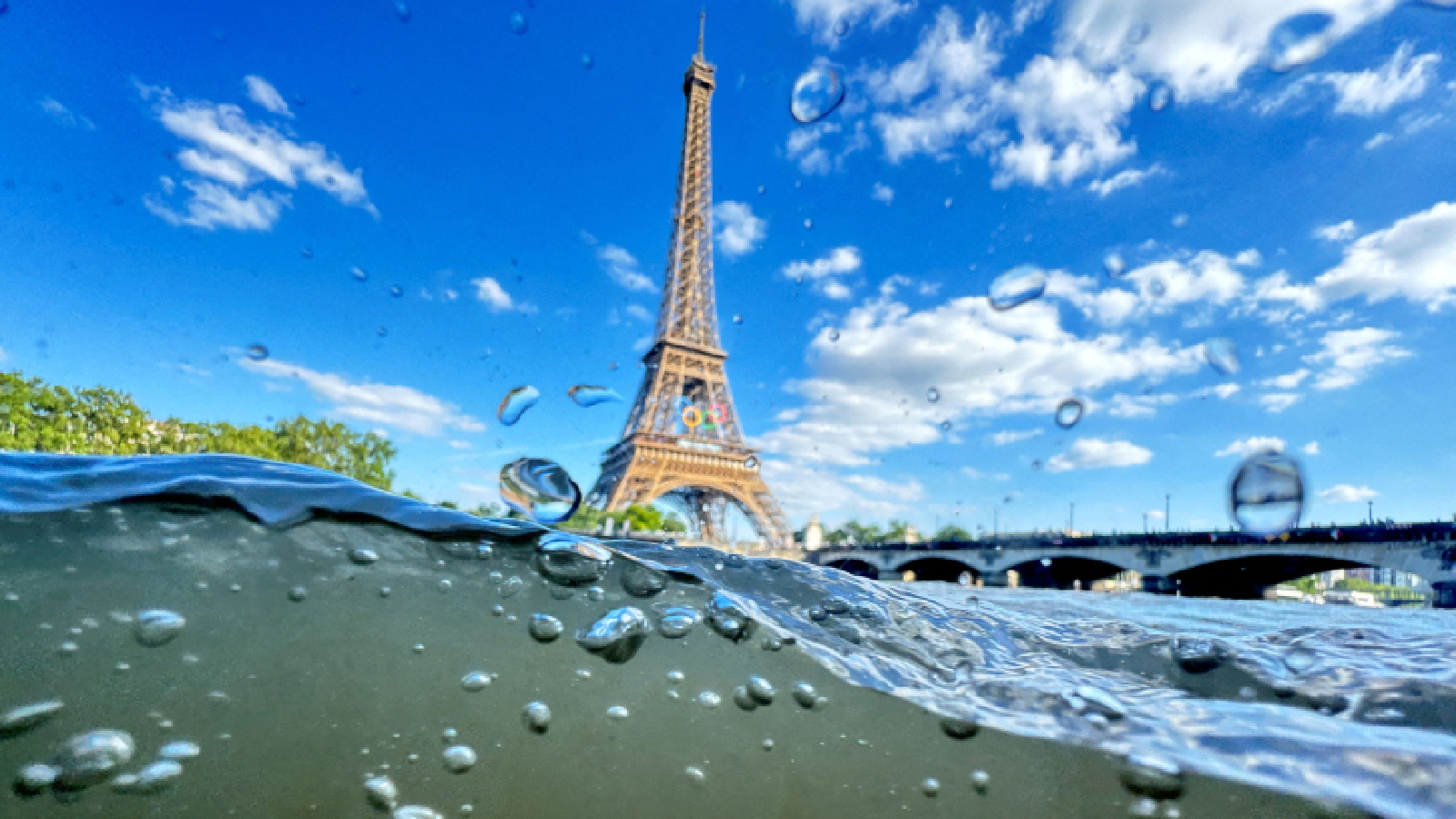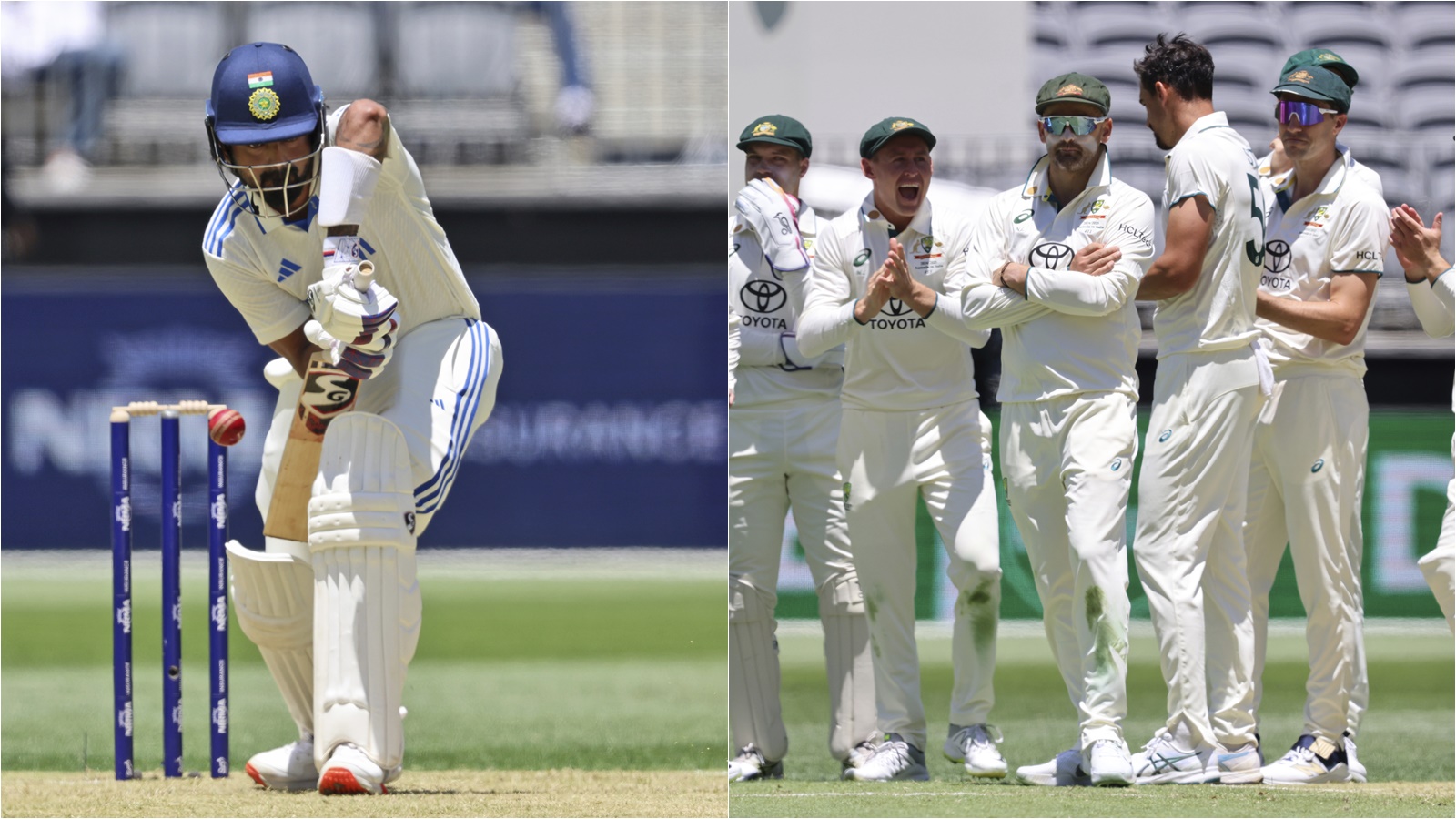More than 124 years after it hosted Olympics swimming events. River Seine will host the Marathon swimming and Triathlon events during Paris Olympics.
It was in 1900 that the Seine first hosted the Olympic swimming events. A total of seven events were held at the Basins d’Asnières-Courbevoie, one of the spots in the river’s 13 km long route in the French capital. 23 years after its first Olympics, Paris banned swimming in the river with officials citing traffic as well rising pollution. With the river hosting the Olympics Marathon swimming and Triathlon events, all eyes are on the weather as well as the pollution levels of the river.
A look at what keeps the Paris Olympics organisers on the edge as well as the Parisians’ protests about the plans
When did the idea of allowing swimming again in the river Seine originate?
With local organisations and environment groups asking the government to make the river Seine suitable for swimming, it was former Paris mayor and later French president Jacques Chirac who first declared in 1990 that he will swim in the Seine in front of witnesses to prove that Seine is a clean river. While his plans could not see the light, the current Paris mayor Anne Hidalgo had included swimming in the river Seine as one of the targets in the Paris Olympics bidding campaign in 2016 apart from setting a target of giving the locals access to 20 swimming areas along the river by 2025.

What plagues the River Seine and the French plans
With the city’s population seeing a rise in the late 19th century, it was French emperor Napoleon’s city planner Georges Eugene Hausmann who introduced a combined sewer system, where waste and stormwater from the roads and streets were collected in the same network and then channelled out. But rising pollution and heavy rains in the last century would mean that the stormwater and untreated sewage would go into Seine seeing a rise in the presence of heavy metals as well as the rise in bacteria like E.coli and Enterococci. French efforts over the last one decade included a 1.5 billion euro plan including a 50m wide and 34m deep underground rainwater storage tank equal to 20 Olympic size pools, under the Austerlitz Train Station and the 350-year-old Pitié-Salpêtrière University hospital apart from sewage treatment plants.
What is the current situation and the protests?
With a bustling tourist scene including more than 2,000 boats on the river apart from the sewage system managing a population of more than 2.1 million, rainy days mean that the sewage often overflows in the river. A sewer problem last year had meant that the Paris Olympics test event was cancelled by the authorities. Earlier this year, Surfrider Foundation, a charity water testing organization, had conducted 14 tests on water samples collected from two spots including the Pont Alexandre III, the Olympics venue, on the river Seine and none of the samples met the European Union regulations according to the charity’s website. Earlier in May, French president Emmanuel Macron and Paris Mayor Anne Hidalgo had announced that in a bid to prove that the water is safe for swimming events during the Olympics, they will take a dip in the river on June 23. While the plan was cancelled due to the announcement of snap elections, an anonymous online campaign emerged with a website and hashtag # JeChieDansLaSeineLe23Juin translating to “I Shit in the Seine on June 23”. Hidalgo took a dip in the river in a full covered wet suit on July 17. ‘The water is very, very good. A little cool, but not so bad,” Hidalgo told AP.
What was the protestors’ plan?
According to local news website ActuParis, the website also featured a calculator letting users calculate at what time and which place they needed to defecate in the river for the sewage to reach the point of the politicians’ scheduled dip in the river on June 23. “At the beginning, the objective was to make a joke, by bouncing off this ironic hashtag. In the end, are people really going to go sh*t in the Seine, or set up actions? Nothing is excluded.” the website owner told ActuParis.
What are the current levels and what are the World Triathlon guidelines?
An analysis of the water quality data on the website of Eau de Paris, Paris’s government owned water supply company, shows that River Seine had tested unsafe with the E. Coli, a bacteria causing diarrhea, urinary tract infections, pneumonia and sepsis, pollution in excess of 1000 colony forming units (cfu) per 100ml for successive three weeks in June with the highest being in excess of 9000 cfu on June 18 against the World Triathlon Federation’s highest permissible limit of 900 cfu. Similarly, the levels of Enterococci, a bacteria found in human feces linked to meningitis and UTI infections, rose in excess of 1000 cfu three times in the third week of June with the highest being 2000 cfu against the World Triathlon limit of 330 cfu. “Water quality remains degraded because of unfavourable hydrological conditions, little sunshine, below-average seasonal temperatures and upstream pollution,” the mayor’s office said in a statement last month.
What happens to the swimming events in case the levels rise?
While June 30 saw the E.Coli levels rising again to 2000 cfu and Enterococci rising to 400 with six days between July 24 and July 2 seeing the levels below the limit, this month’s data till July 10 has been satisfactory. During the first ten days of July, the concentration of E.Coli crossed 1,000 cfu once with the rest of days seeing the range between 600-900 cfu. Similarly, the concentration of Enterococci stayed between 100cfu and 200 cfu for four days with the rest of the days seeing it below 100cfu.
With rains contributing to the rise in the levels, the organisers have come up with a back up plan too. It includes scrapping of swimming in triathlon events on July 30, July 31 and August 5 apart from marathons to be held on August 8 and 9 at another venue.
“The rules of World Triathlon allow, as a final resort, for the competition to be held in a duathlon format. On the other hand, in order to guarantee that marathon swimming events could still be held if all other contingency plans were exhausted, we have initiated a fallback plan based on shifting it to the Vaires-sur-Marne Nautical Stadium,” a Paris Olympics spokesperson told Reuters.
I’m Manas Ranjan Sahoo: Founder of “Webtirety Software”. I’m a Full-time Software Professional and an aspiring entrepreneur, dedicated to growing this platform as large as possible. I love to Write Blogs on Software, Mobile applications, Web Technology, eCommerce, SEO, and about My experience with Life.






